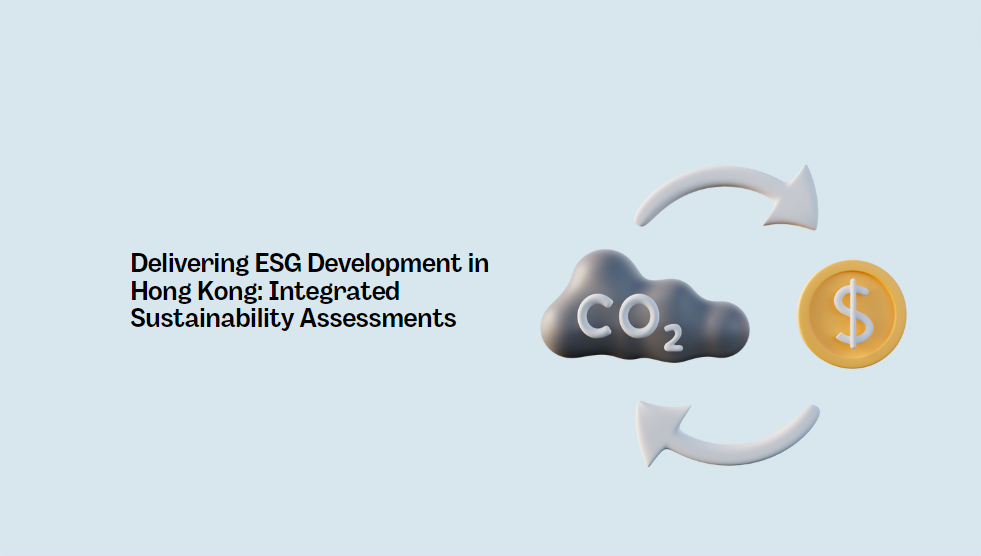Ben Broadbent: Signal versus noise
Introduction and summary
We are all aware that the future is unpredictable. When it comes to gauging the economy, however, it's not just the future that's uncertain: so is the present. For all the time and effort put into its forecasts the MPC also spends a great deal of it getting to understand the here and now.
This isn't straightforward. For one thing, it's not always possible to determine precisely what's causing what – to trace the economy we observe back to the underlying forces that are driving it. Is output growth being moved around by demand or supply? Ditto employment? To take an example of particular relevance right now, has strong wage growth been the result of exceptional tightness of the labour market, especially last year; or is it the "second-round effect" of very high spot inflation in late 2022 and earlier this year?
These things aren't mutually exclusive: almost certainly, both have played a part. But the balance of the two matters. As the direct effects of the pandemic and the war dissipate, wholesale prices of energy and other traded goods have been declining. This is now feeding through to inflation rates for retail goods prices and the aggregate CPI itself (Chart 1 plots core goods inflation against its wholesale counterpart; there have been similar trends in food and energy markets). As this happens, one might expect these second-round effects on wage growth and broader domestic inflation to weaken as well, quite independently of the stance of monetary policy. To the extent the tight labour market is the cause of strong domestic inflation, however, then the economy would need a longer period of below-trend growth – possibly with corresponding consequences for monetary policy – to bring it back into a more sustainable position. At any rate, the more general point is that it's not always easy to infer the deeper, unobserved causes of economic fluctuations from the directly observable information.






















































First, please LoginComment After ~